Enjoy unrivaled favorable kids halloween costumes available on Alibaba.com. The quality, durability, and elegance you will attain are worth every penny you’ll spend on these captivating products. If you own a business and you’re looking for large quantities to resell, take advantage of deals designed for kids halloween costumes wholesalers and suppliers, and boost your profitability.
Movie and TV costumes are very popular for a variety of occasions and age groups. Customers want to buy kids halloween costumes for seasonal parties, special occasions, World Book Day and other school events, kids parties and other occasions where dressing up is on the agenda. These kids halloween costumes are easy to find on Alibaba.com where thousands of motivated and ready global wholesalers sell a huge range of costumes for all occasions.
There are so many occasions where only TV or movie costumes will do, so if you need kids halloween costumes for a party, for Halloween, or for any other special occasion, head to Alibaba.com where you'll find exactly what you need. Our motivated and experienced global wholesalers sell a huge range of different costumes, including kids Halloween costumes in a range of designs, styles and prices. You'll also plenty of costume inspiration for every occasion, fast delivery, attentive service and every possible kind of outfit that you could want for that next party or special occasion. Visit our wholesaler catalogue now, and complete your inventory of all theumes available.

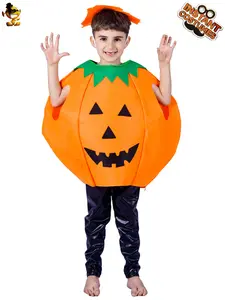








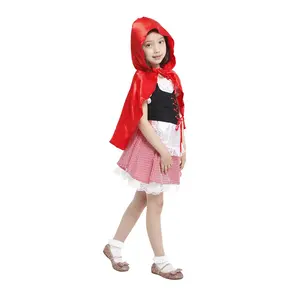
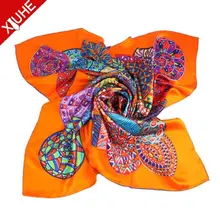
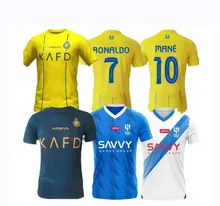

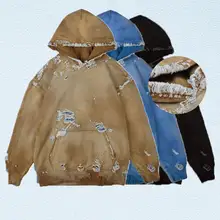





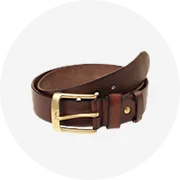
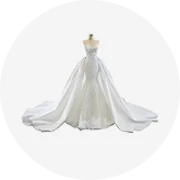
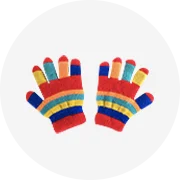
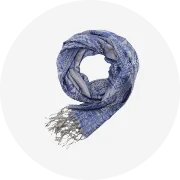

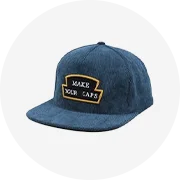
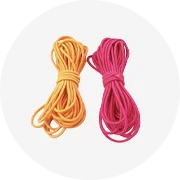
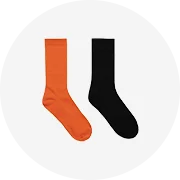
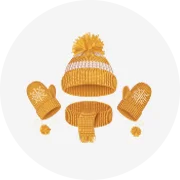

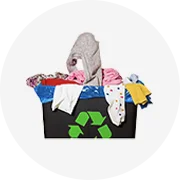
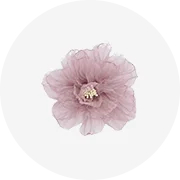

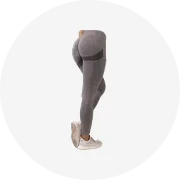
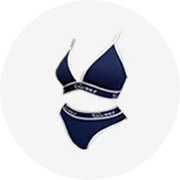
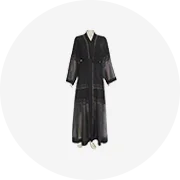








 浙公网安备 33010002000092号
浙公网安备 33010002000092号 浙B2-20120091-4
浙B2-20120091-4